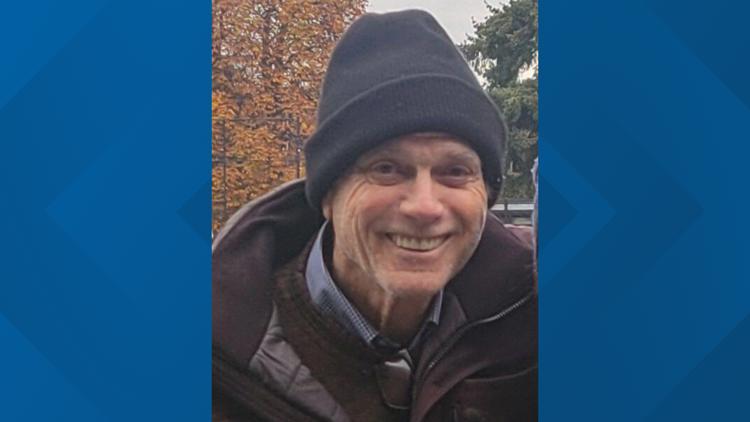BOISE, Idaho — This story originally appeared in the Idaho Press.
For two and a half years, Pete Metzelaar and his mother evaded the Nazis by hiding under floorboards and in a makeshift cave.
“I was 6 years old when I went into hiding,” Metzelaar said.
He will be in Boise and Meridian speaking of his nearly unspeakable ordeal at two events.
At 6 p.m. on Tuesday, Dec. 3, Metzelaar will speak at the Boise State Special Events Center, co-sponsored by the Council for Holocaust Awareness of Idaho and the Boise State History Department. The second event will be at 6 p.m. on Wednesday, Dec. 4 at the White Cloud Auditorium at 1303 E. Central Drive in Meridian.
The events are part of the Council for Holocaust Awareness of Idaho’s ongoing efforts to help educate the community about the Holocaust and to promote remembrance and tolerance, according to a press release about the event.
The public is invited to attend for free, including educators, students, families, and community members.
METZELAAR’S STORY
Metzelaar was born in 1935 in Amsterdam. In 1942, the Nazis arrested nearly his entire family, including aunts, uncles and grandparents. That’s when Metzelaar and his mother, Elli, took refuge and went into hiding, thanks to Klaus and Roefina Post, “a Christian farming family,” Metzelaar said. “They put their own lives and (put) their entire family at risk by giving me and my mother shelter.”
He and his mother hid underneath the floorboards “during Nazi raids when they were looking for people,” Metzelaar said. Later, he and his mother would hide in a hole in the nearby forest. “I actually helped build a small cave that mom and I could hide in,” he said.
Metzelaar remembers the terrifying period vividly, he says, “as if it was yesterday. I had no body. I had no soul. … I couldn’t speak to anyone.
“I knew if I would communicate with anybody it could be my last time on earth.”
When it became too risky for the Posts to continue hiding Metzelaar and his mother, the Dutch Underground moved them to another hiding place in The Hague, this time sheltered by two women. After about nine months, Metzelaar’s mother found out that the women planned to turn them in, so an escape plan was hatched. This time, Metzelaar’s mother took matters in her own hands and came up with a disguise.
“My mom, out of bedsheets, sewed a nursing uniform,” Metzelaar said. Wearing the uniform and with her son in tow, Metzelaar’s mom was able to flag down a Nazi convoy. She fooled the Germans into thinking she was a real nurse — and Metzelaar was an orphan she had under her care. They hitched a ride with them to Amsterdam — and escaped.
A story from the Associated Press early this year said that almost 80 years after the Holocaust, about 245,000 Jewish survivors are still living across more than 90 countries, according to a study by the New York-based Conference on Jewish Material Claims Against Germany.
Metzelaar, who now resides in the Seattle area, said he continues to tell the tale, “my own personal story as I remember it. I walk through it in my mind as I recall.” He does it, he said, because as painful as it can be with each telling, it must be told — “because the reality is that many events preceded it — and many of those things are happening in different parts of the world today. … I want to make people aware of what mankind is capable of doing to itself.”
For more stories from the Idaho Press, click here.



